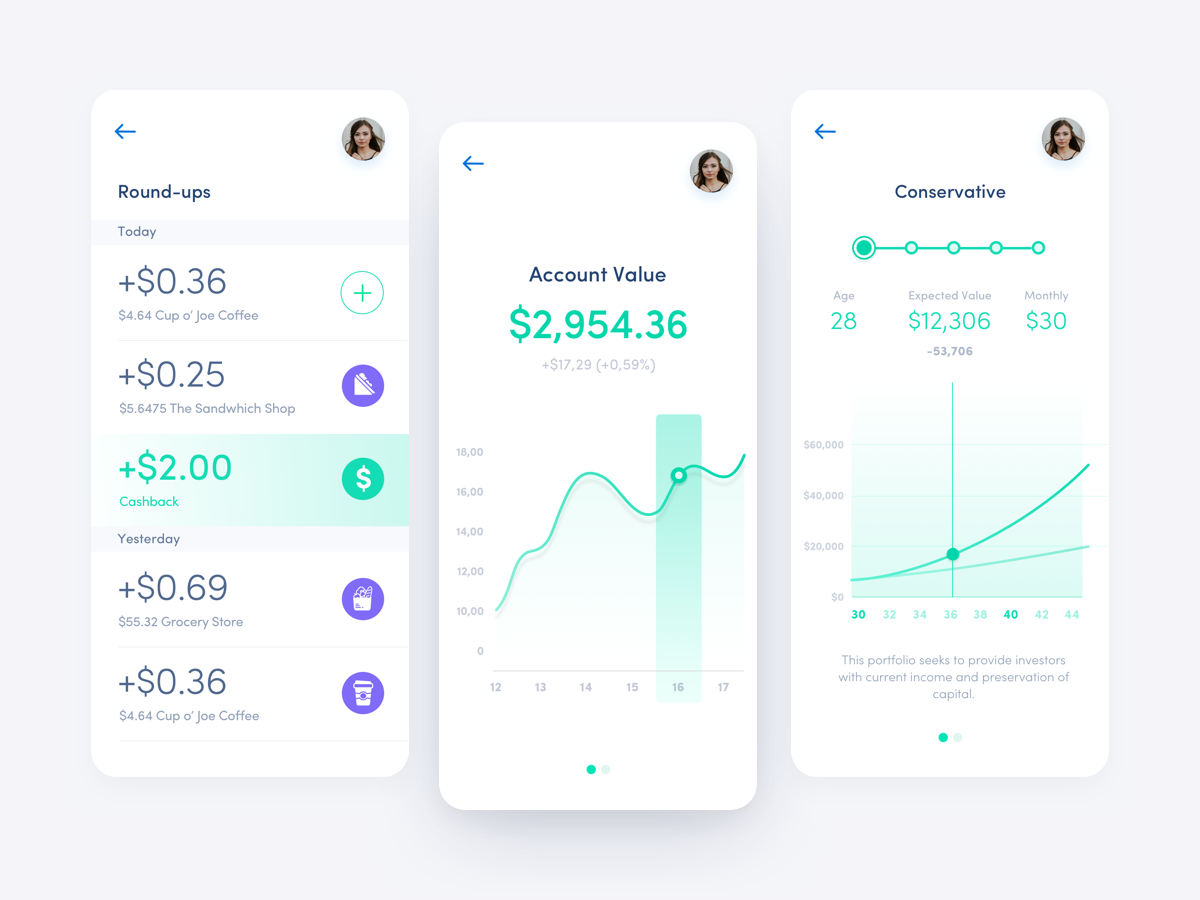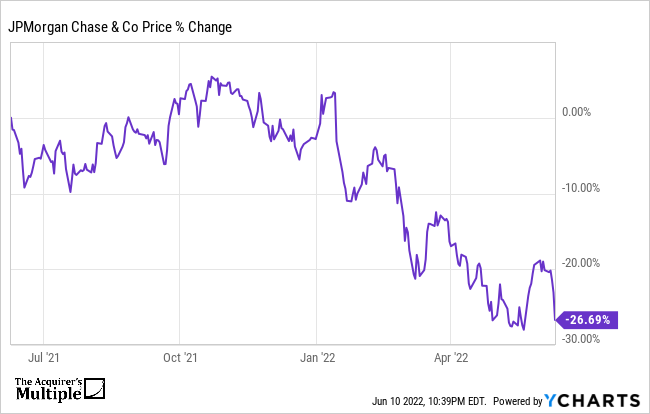
You can reap many benefits from investing in global property funds. These funds are not only able to provide you with income but they also have the potential of generating capital appreciation. The Global Real Estate Fund is an investment strategy that aims to allow you to achieve both growth as well as income by purchasing real estate. It aims to generate a large return on your investment over a long period of time. But how do we choose a global property fund? Here are some things to remember:
Investing objectives
Whether you're interested in long-term capital appreciation or current income, a global real estate fund may be a good choice for your portfolio. These funds invest in equities and global real estate investment trusts. These funds are composed of complementary investment managers drawn from a broad range of investment firms. They combine these managers into a single fund which has a common investment objective. Global real estate funds can provide investors with diversification while offering the added risk of higher fees and fewer returns than a single manager would achieve by investing in a single security.

Allocation of assets
Although diversification is important for portfolio construction, it is not the case that global realty funds reflect this. For example, 49% of European institutional investors have a realty allocation made entirely from domestic assets. While only 5% of them allocate more then half of their funds towards non-domestic properties, the remaining 49% have a total of 49%. It is therefore crucial to allocate your money appropriately in this asset class.
Market risk
It's surprising that there isn't a global fund for real estate, considering the size and influence of the largest real-estate managers. With $1.5 trillion in assets under management, the top 20 real estate managers have almost tripled their size since 2002. Fund managers continue to increase in number, with some taking direct position in assets and others collaborating with select partners. These funds have a similar risk profile to other asset classes and have had positive returns since inception. However, because of the equity component, publicly traded investment trusts in real estate are the most volatile. All tools can be used to create a global portfolio with low risk/return.
Dividend yields
One of the best ways to diversify your portfolio is to buy a real estate fund. These funds invest in international real estate companies and provide broad exposure. While some funds are specific to a region or sub-sector, others can be global. A real estate fund can help you increase your income regardless of where you are investing. Here are some examples from global real estate funds.

Diversification
A Global Real Estate fund may seem to only invest in US properties. However, this is false. Global Real Estate funds can diversify your portfolio and give you exposure in the US, European, as well as Asian markets. These funds can invest not only in US properties but also in specialty living properties and self-storage. Not only will you diversify your realty portfolio but also have exposure to high growth areas like data centres and healthcare Reits, cell phones, and specialty properties.
FAQ
What is a Reit?
A real estate investment Trust (REIT), or real estate trust, is an entity which owns income-producing property such as office buildings, shopping centres, offices buildings, hotels and industrial parks. They are publicly traded companies that pay dividends to shareholders instead of paying corporate taxes.
They are similar to a corporation, except that they only own property rather than manufacturing goods.
How are securities traded
The stock market allows investors to buy shares of companies and receive money. Companies issue shares to raise capital by selling them to investors. Investors can then sell these shares back at the company if they feel the company is worth something.
Supply and demand determine the price stocks trade on open markets. The price rises if there is less demand than buyers. If there are more buyers than seller, the prices fall.
There are two ways to trade stocks.
-
Directly from your company
-
Through a broker
What is security on the stock market?
Security is an asset which generates income for its owners. Most security comes in the form of shares in companies.
There are many types of securities that a company can issue, such as common stocks, preferred stocks and bonds.
The earnings per share (EPS), and the dividends paid by the company determine the value of a share.
Shares are a way to own a portion of the business and claim future profits. If the company pays a dividend, you receive money from the company.
You can sell shares at any moment.
How do I choose an investment company that is good?
Look for one that charges competitive fees, offers high-quality management and has a diverse portfolio. Fees are typically charged based on the type of security held in your account. While some companies do not charge any fees for cash holding, others charge a flat fee per annum regardless of how much you deposit. Others may charge a percentage or your entire assets.
It's also worth checking out their performance record. You might not choose a company with a poor track-record. Avoid companies with low net assets value (NAV), or very volatile NAVs.
Finally, it is important to review their investment philosophy. An investment company should be willing to take risks in order to achieve higher returns. They may not be able meet your expectations if they refuse to take risks.
How does inflation affect the stock market
The stock market is affected by inflation because investors need to pay for goods and services with dollars that are worth less each year. As prices rise, stocks fall. This is why it's important to buy shares at a discount.
What are the benefits of investing in a mutual fund?
-
Low cost – buying shares directly from companies is costly. Buying shares through a mutual fund is cheaper.
-
Diversification - most mutual funds contain a variety of different securities. One security's value will decrease and others will go up.
-
Professional management – professional managers ensure that the fund only purchases securities that are suitable for its goals.
-
Liquidity- Mutual funds give you instant access to cash. You can withdraw your money at any time.
-
Tax efficiency - Mutual funds are tax efficient. This means that you don't have capital gains or losses to worry about until you sell shares.
-
There are no transaction fees - there are no commissions for selling or buying shares.
-
Mutual funds are easy to use. You only need a bank account, and some money.
-
Flexibility – You can make changes to your holdings whenever you like without paying any additional fees.
-
Access to information: You can see what's happening in the fund and its performance.
-
Investment advice – you can ask questions to the fund manager and get their answers.
-
Security - You know exactly what type of security you have.
-
You can take control of the fund's investment decisions.
-
Portfolio tracking – You can track the performance and evolution of your portfolio over time.
-
Ease of withdrawal - you can easily take money out of the fund.
Investing through mutual funds has its disadvantages
-
Limited investment options - Not all possible investment opportunities are available in a mutual fund.
-
High expense ratio. The expenses associated with owning mutual fund shares include brokerage fees, administrative costs, and operating charges. These expenses can impact your return.
-
Lack of liquidity: Many mutual funds won't take deposits. They must be bought using cash. This limits the amount that you can put into investments.
-
Poor customer service. There is no one point that customers can contact to report problems with mutual funds. Instead, contact the broker, administrator, or salesperson of the mutual fund.
-
High risk - You could lose everything if the fund fails.
What is a mutual-fund?
Mutual funds can be described as pools of money that invest in securities. They offer diversification by allowing all types and investments to be included in the pool. This helps to reduce risk.
Managers who oversee mutual funds' investment decisions are professionals. Some funds also allow investors to manage their own portfolios.
Because they are less complicated and more risky, mutual funds are preferred to individual stocks.
Statistics
- Even if you find talent for trading stocks, allocating more than 10% of your portfolio to an individual stock can expose your savings to too much volatility. (nerdwallet.com)
- The S&P 500 has grown about 10.5% per year since its establishment in the 1920s. (investopedia.com)
- Ratchet down that 10% if you don't yet have a healthy emergency fund and 10% to 15% of your income funneled into a retirement savings account. (nerdwallet.com)
- Our focus on Main Street investors reflects the fact that American households own $38 trillion worth of equities, more than 59 percent of the U.S. equity market either directly or indirectly through mutual funds, retirement accounts, and other investments. (sec.gov)
External Links
How To
How to make a trading program
A trading plan helps you manage your money effectively. It helps you identify your financial goals and how much you have.
Before you begin a trading account, you need to think about your goals. You might want to save money, earn income, or spend less. You may decide to invest in stocks or bonds if you're trying to save money. If you are earning interest, you might put some in a savings or buy a property. If you are looking to spend less, you might be tempted to take a vacation or purchase something for yourself.
Once you decide what you want to do, you'll need a starting point. This will depend on where you live and if you have any loans or debts. You also need to consider how much you earn every month (or week). The amount you take home after tax is called your income.
Next, you need to make sure that you have enough money to cover your expenses. These include rent, food and travel costs. Your monthly spending includes all these items.
The last thing you need to do is figure out your net disposable income at the end. This is your net available income.
Now you know how to best use your money.
Download one online to get started. You could also ask someone who is familiar with investing to guide you in building one.
Here's an example of a simple Excel spreadsheet that you can open in Microsoft Excel.
This is a summary of all your income so far. You will notice that this includes your current balance in the bank and your investment portfolio.
And here's a second example. A financial planner has designed this one.
It will allow you to calculate the risk that you are able to afford.
Don't try and predict the future. Instead, you should be focusing on how to use your money today.